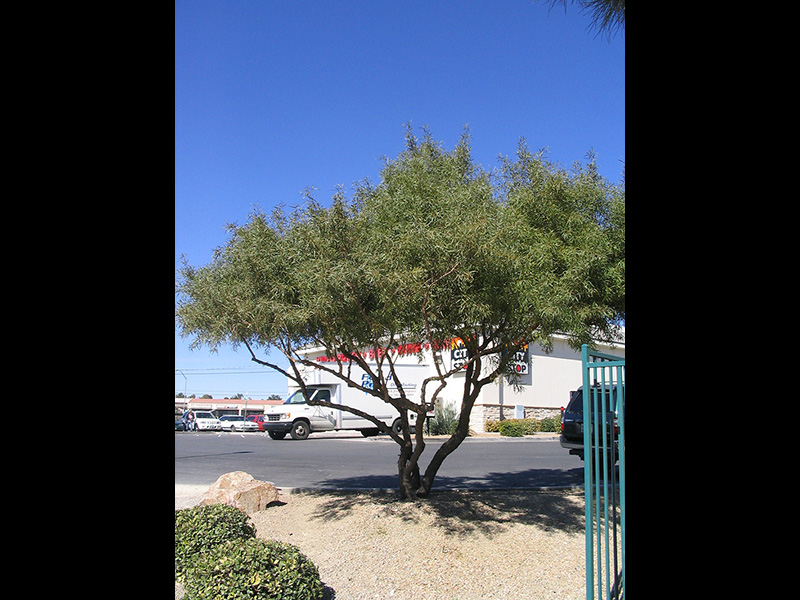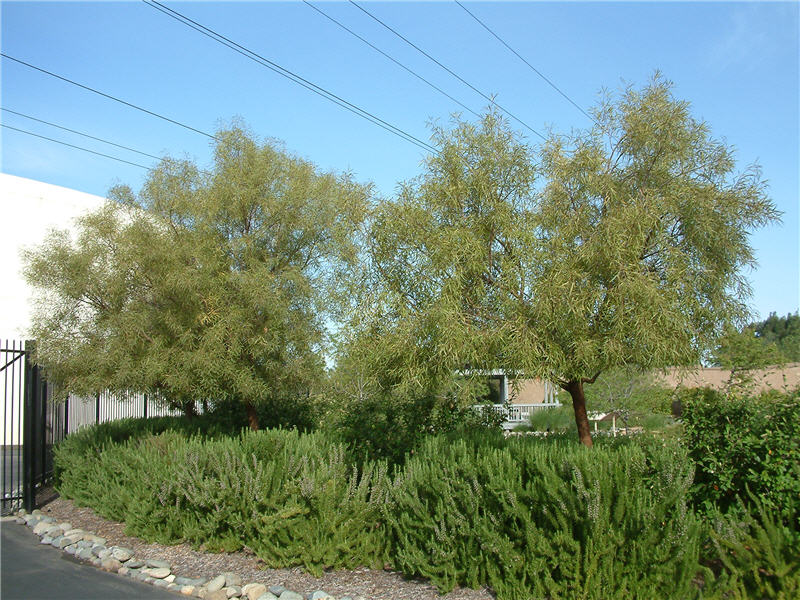african sumac tree roots
Its trunk has thickened from about 1 inch to 5 inches in diameter but I still have support stakes on it because the thick canopy catches the wind causing the trunk to bend and twist. A widely promoted low water use landscape tree that threatens riparian areas by diverting channel flow thus enhancing the potential for streambank erosion and it can displace mesquites.

Xtremehorticulture Of The Desert African Sumac Too Close To A Wall
I sent him an e-mail.

. Pruning may take place at any time of year. Since about mid-June our African Sumac has been dropping a lot of leaves. Chamberland warns that bird droppings with African sumac seeds germinate readily and.
After removing the soil mix it with some compost or peat moss. Attractive rough reddish-brown bark. I have a beautiful sumac tree.
But as you know fruit has seeds. Fertilize with a slow-release fertilizer once per year in the spring just before new growth begins. Their Grow Native brochure states Rhus lancea is a widely promoted low water-use landscape tree that besides producing abundant seeds also spreads.
They are easy to prune or shear and have minimal maintenance. Sometimes reaching 30 feet in height the African sumac provides ample shade for plants that thrive at its base. Plant African sumac in a soil with good drainage.
Elegant semi-weeping tree to 20 x 15 feet or more is an ideal choice for our climate. If you are planning on removing a sumac tree be sure it is not poisonous sumac. It is susceptible to Texas root rot.
Clusters of yellow-green flowers are profuse but insignificant. When should you cut back sumac. Consider whether tall trees or shrubs will block windows or interfere with the roof or power lines.
The tree will grow a larger canopy when given the best care. Does African sumac have invasive roots. Sumac trees send up sprouts if the roots are not completely removed.
African Sumac is adapted to normal winter rainfall and low amounts of summer irrigation. An African Sumac tree is perfect for hot dry climates and for anyone that is looking for an attractive shade tree with a long lifespan. How do I kill a sumac tree.
I am afraid if my husband goes at it with a chainsaw I will have 1000s of new ones sprouting from the root system. Besides producing abundant seeds it also spreads by suckers and competes with native plants for water. This enriches the soil and loosens the existing dirt so that new roots can spread easily.
Fruit is a food source for birds. Keep an eye out for root rot and verticillium. Gardeners should prune these trees in late winter or early spring while the sumac tree remains dormant.
African sumac trees are susceptible to Texas root rot also known as cotton root rot or phymatotrichopsis root rot. I planted a young African Sumac mid-April 2004. Tim Steller Arizona Daily Star.
After these birds eat the fruit they eventually eliminate what they dont need including the seeds. I had my theory as to the reason but thought it would be wise to check with an expert the horticulturist at the Las Vegas Springs Preserve. 257933 Asked June 29 2015 1221 PM EDT We have a large non-poisonous sumac tree growing very near our house less than 1 foot away and we have cut it back to a few trunks only to have it sprout out like crazy at the cuts with an abundance of sprouts off the root system on either direction around the perimeter of.
African Sumac is a dense shade tree rather graceful with its arching branches and weeping foliage. The Arizona Native Plant Society lists African sumac as an invasive weed. It is tough and reliable in dry conditions though it looks best with regular deep watering.
Most likely the one you transplant will be a root sucker from a larger one nearby so cut that root as far from the one you are transplanting as you can. If your soil has poor drainage amend. These seeds will grow if they are given half a chance especially once you remove the parent tree.
Between 60-100 cm 2-3 feet high is about right. The tree is a drought-tolerant native of Africa and is susceptible to root rot when it gets too much water. The African sumac for instance usually is a tall tree that can grow to as high as 25 feet usually living 50 to 100 years.
A Rhus lancea African Sumac can be trained to a single trunk or allowed to grow into a multi-trunk tree with a look that resembles an olive tree. Prune for shape and to lift canopy. In addition African sumacs tend to lose leaves throughout the year without any reason.
The African sumac is an invasive tree that you should avoid planting in Phoenix. It has produced hundreds more. Sitting in my backyard and writing last week I was seduced by a pretty tree waving at me.
Drought tolerant once established. The tree drops its leaves when it is water stressed has a fungal disease like root rot or from being over fertilized. It is best in full sun well drained soil deep infrequent water once established.
The roots are shallow so 20 cm 10 inches deep is good enough. I would guess tree is about 7 years old. Clusters of pea-like fruit ripen to tan or red-brown.
African Sumac -Invasive Plant. African sumacs are not for those who want to keep a well manicured lawn. This is an evergreen but it sheds about 13 of its leaves in the last half of June.
Tends to sucker from roots. Prune to establish and maintain an upright and arborescent crown architecture. It is effective as a screen or.
So much for working from home. To prepare the planting area dig a hole as deep as the root ball and three times as wide. The tree produces complicated branch patterns and must be pruned frequently.
The fungus Phymatotrichopsis omnivora which is found in the soil is the cause. Carried only on female trees. Case in point.
If it is you may want to call a professional. While the roots are relatively shallow and may only reach about 10 inches underground many sumac species tend to spread rapidly. African sumac trees grow well in arid climates.
It makes small fruits that birds love to eat. Litter from leaf flower and seed drop. A fully grown African sumac tree requires approximately 30 gallons of water during each watering session.
I have gone thru and cut and pulled these things till I cant anymore. The trees also drop seeds. The good news is my tree doesnt.
Sumac aggressively reproduces through seeds and grows in dense thickets cutting off other plants access to vital nutrients. Heat-loving and tolerant of may soils.

African Sumac Evergreen Trees Moon Valley Nurseries
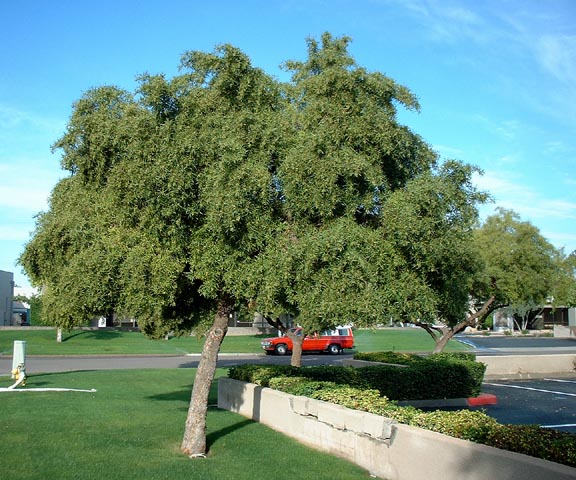
Scientific Searsia Lancea Formerly Rhus Lancea Common African Sumac Willow Rhus Black Karee Indigenuous Common Name Family Anacardiaceae Origin Southern Africa In Zambia Namibia Botswana Zimbabwe South Africa And Lesotho

Rhus Lancea African Sumac Youtube
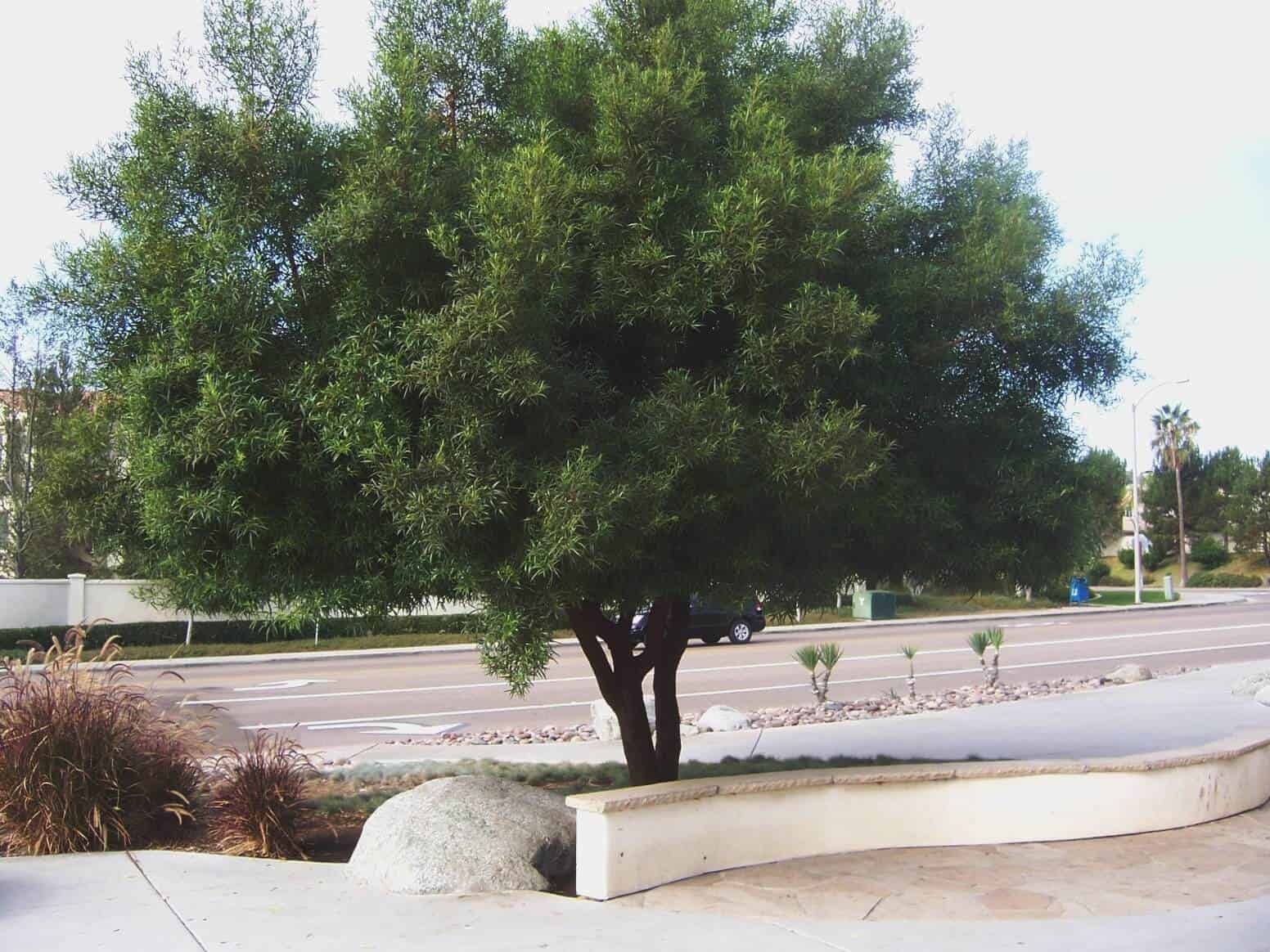
African Sumac High Desert Nate S Nursery
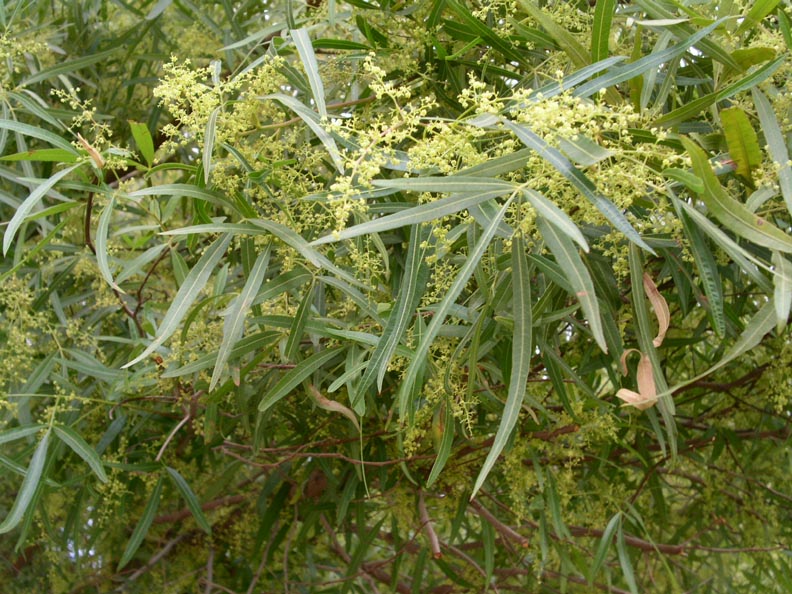
Scientific Searsia Lancea Formerly Rhus Lancea Common African Sumac Willow Rhus Black Karee Indigenuous Common Name Family Anacardiaceae Origin Southern Africa In Zambia Namibia Botswana Zimbabwe South Africa And Lesotho

Xtremehorticulture Of The Desert Did You Know African Sumac Has Boy And Girl Problems
Tree Of The Week Use The African Sumac For Shade Or Perhaps To Make Beer

African Sumac Rhus Lancea My Garden Life

Gv Gardeners African Sumac Trees Now Abuzz Get Out Gvnews Com
Scientific Searsia Lancea Formerly Rhus Lancea Common African Sumac Willow Rhus Black Karee Indigenuous Common Name Family Anacardiaceae Origin Southern Africa In Zambia Namibia Botswana Zimbabwe South Africa And Lesotho


